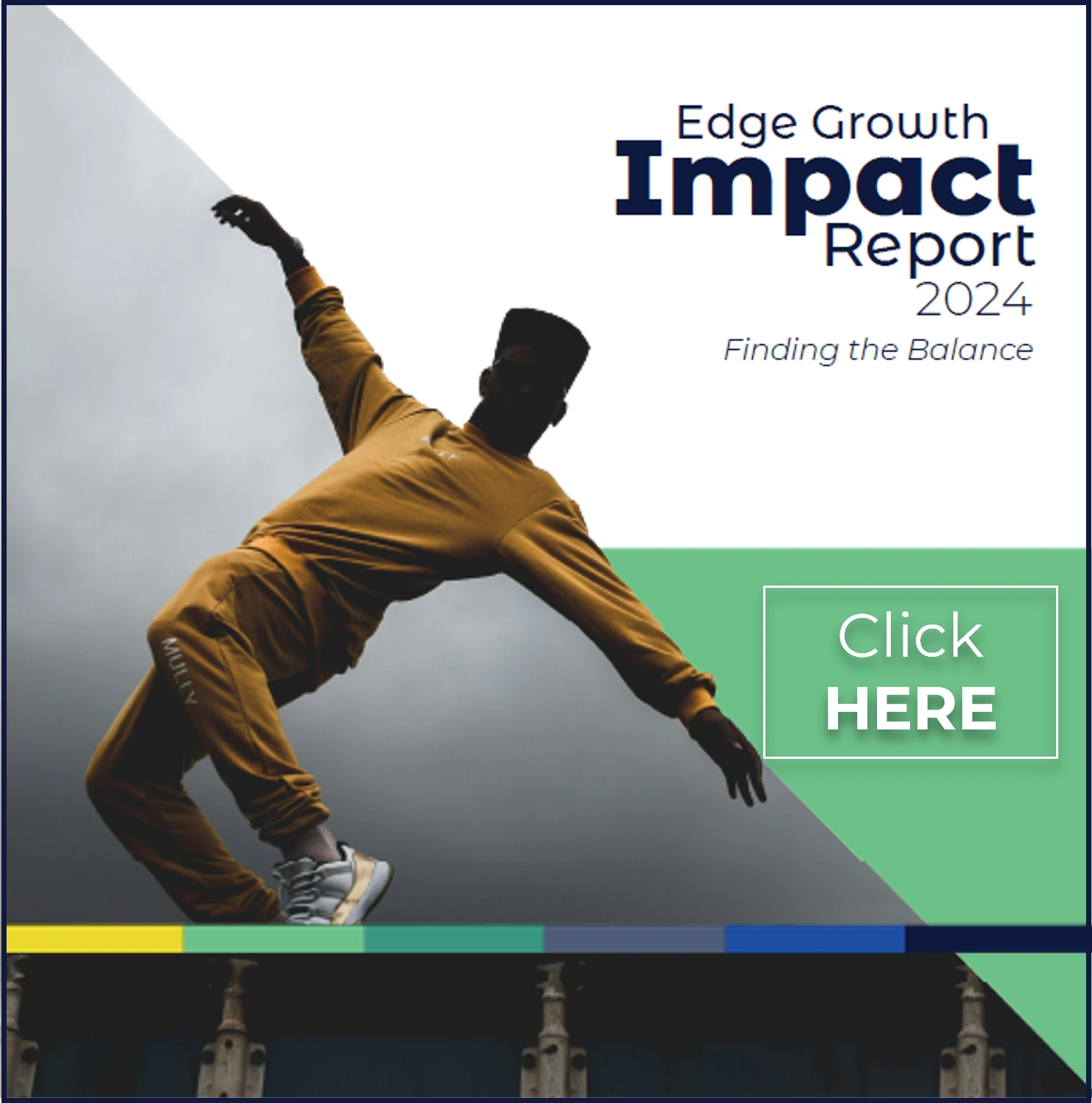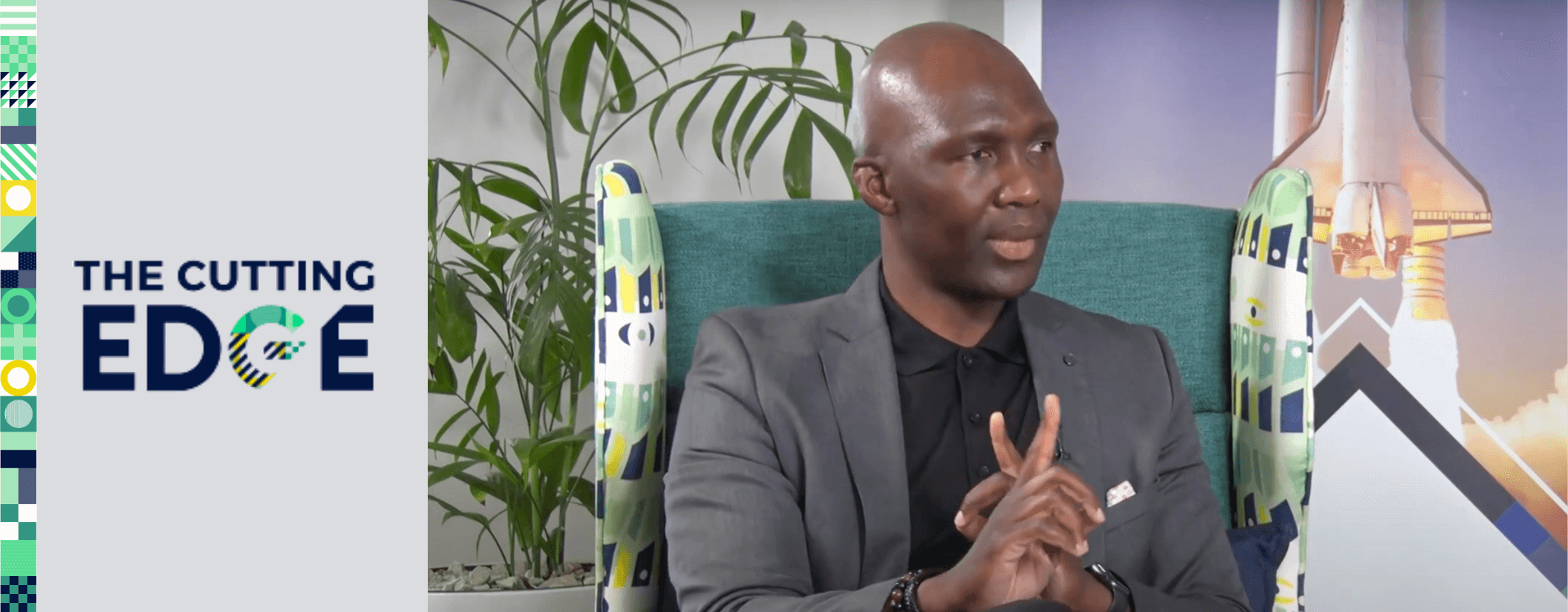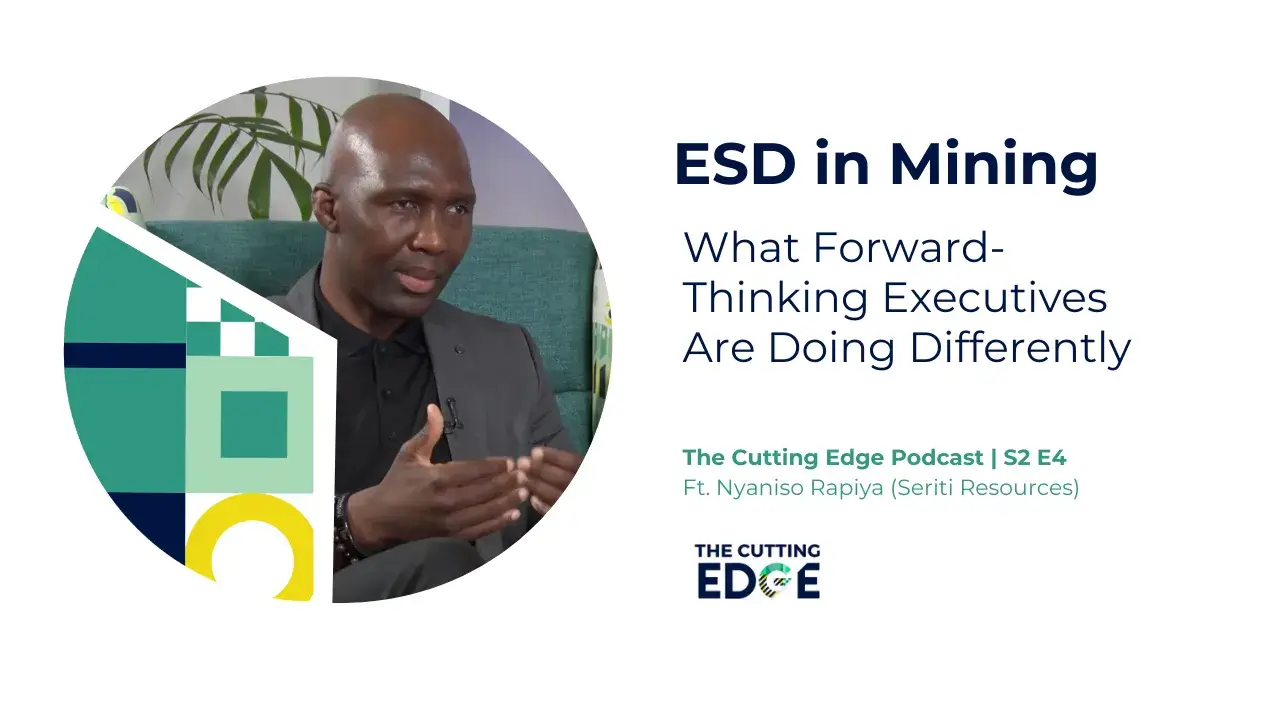Enterprise & Supplier Development (ESD) in mining finds itself at a crossroads. While companies are pouring millions into SME development, too many small businesses remain stuck in a cycle of dependence, unable to integrate into supply chains or scale beyond corporate hand-holding.
Are we truly building resilient enterprises, or simply extending lifelines that keep SMEs afloat without lasting impact?
Truth is: Mining houses operate in unique contexts – typically in peri-urban or rural communities where the sophistication levels of local SMEs and access to resources differ significantly from metropolitan areas. This context demands a reimagining of traditional ESD approaches, moving beyond compliance-driven initiatives to strategic programmes that create long-term economic value for both corporates and local communities.
In our recent conversation with Nyaniso Rapiya (Head of Inclusive Procurement and Enterprise Development at Seriti Resources), we dissect these challenges and explore what a smarter, impact-driven ESD approach looks like.
1. Funding Without Foundations Doesn’t Work. Finance Alone Won’t Make an SME Sustainable.
Too many SMEs receive financial support before they have the operational structures to use it effectively. Many mining companies believe that providing funding via grants, loans, or purchase order financing is enough to support SMEs. This results in high failure rates, contract non-delivery, and wasted investment.
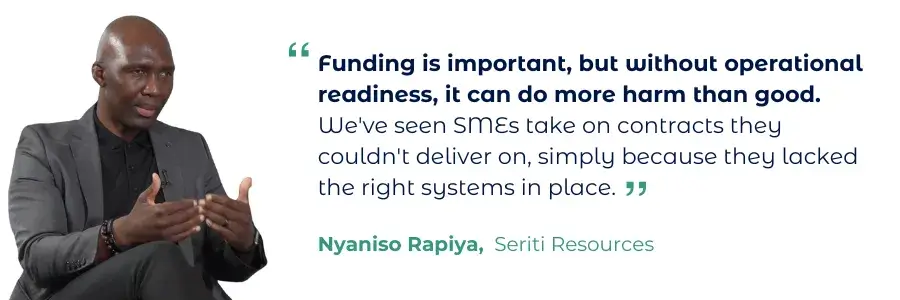
🟢 The Solution:
- Finance must be sequenced properly – early-stage SMEs need operational support first, then funding when they’re ready
- Payment terms should be structured in a way that eases cash flow constraints for SMEs rather than exacerbating them
2. ESD Needs to Build Businesses, Not Dependents
SMEs often cycle through multiple corporate support programmes but never truly “graduate” into independent suppliers.
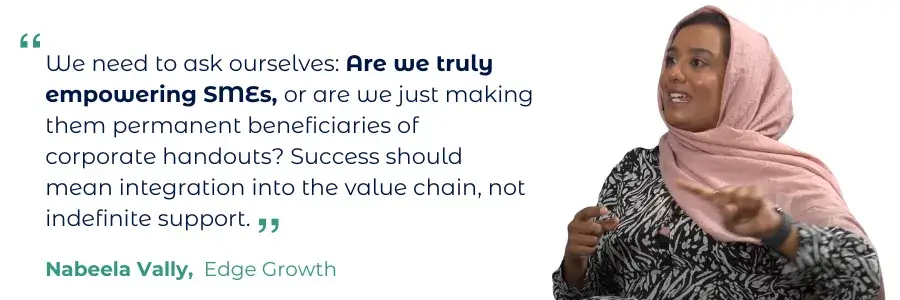
🟢 The Solution:
- Define clear success milestones. SMEs should progress from training to funding, to procurement inclusion, to independence
- Implement a phased exit strategy to ensure that SMEs don’t rely on corporate support indefinitely
- Create a mentorship network that extends beyond the ESD programme to ensure post-graduation support
3. ESD & ESG Must Work Together for Long-Term Business Growth & Real Impact
Many mining companies still treat ESD as a separate compliance exercise instead of integrating it into broader ESG (Environmental, Social, Governance) goals.
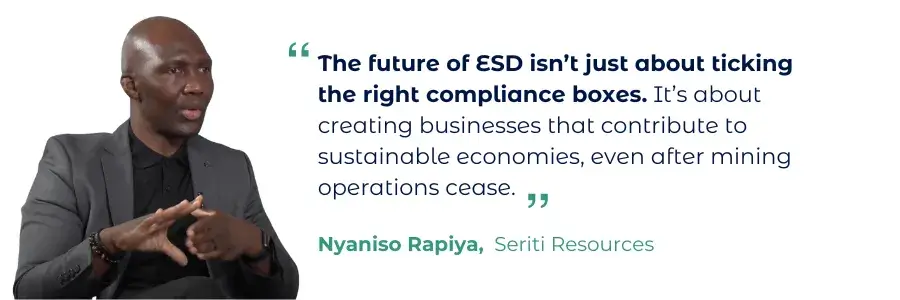
🟢 The Solution:
- Shift from low-value, transactional SME contracts to high-value supplier integration in sustainability-driven industries such as renewable energy, digital services, and logistics.
- Support SMEs that align with sustainability initiatives, ensuring their businesses remain viable beyond the mine’s lifecycle.
- Incentivise large-scale contractors to integrate SMEs into their operations, creating broader industry-wide impact.
4. Mentorship is the Missing Link to SME Longevity
SMEs don’t just need money; they need strategic guidance to scale. Without access to mentorship and industry insights, they struggle to pivot, innovate, and manage operational challenges in order to sustain long-term growth.
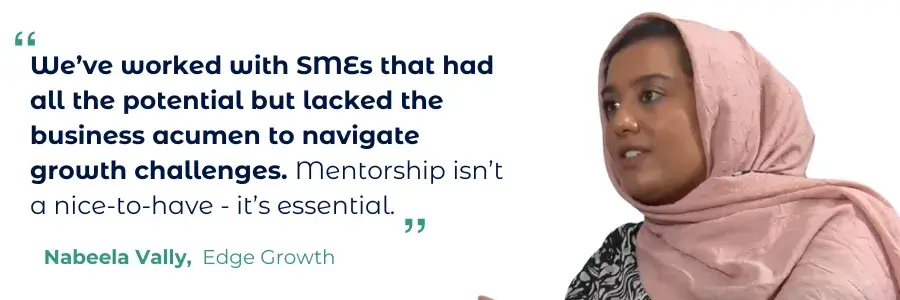
🟢 The Solution:
- Establish structured mentorship programmes that pair SMEs with experienced executives
- Encourage peer-to-peer learning among SMEs to share best practices and challenges
- Shift from pure financial aid to holistic business support, ensuring SMEs can stand independently
5. ESD Must Be a Long-Term Commitment, Not a Short-Term Compliance Fix
Developing complex suppliers takes time. The most successful programs play the long game, focusing on structured supplier progression rather than quick wins.
🟢 The Solution:
- Set realistic development timelines. It often takes 3-5 years to build sophisticated suppliers
- Implement structured growth pathways, moving SMEs from small contracts to larger, more complex opportunities
- Focus on long-term supplier success metrics, tracking operational maturity and market expansion beyond the initial mining partner
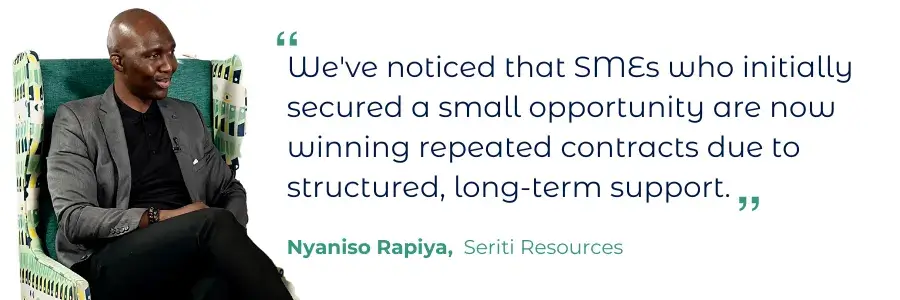
What does this mean for those involved in mining enterprise development?
Here are three critical questions to consider:
1️. Are you truly selecting SMEs for high-growth potential, or just trying to help everyone?
2️. Does your support system include both financial and non-financial elements that set SMEs up for success?
3️. Are you measuring the right success metrics? ie. Long-term supplier sustainability over short-term participation?
Forward-thinking mining houses like Seriti Resources are already implementing these changes and the impact is clear:
✔ SMEs growing from 5 employees to 20+
✔ Local businesses securing contracts beyond their original mining partner
✔ Enterprises thriving through industry cycles instead of collapsing after initial funding runs out
The question isn’t whether this new approach works – it’s whether the industry is ready to embrace it.

